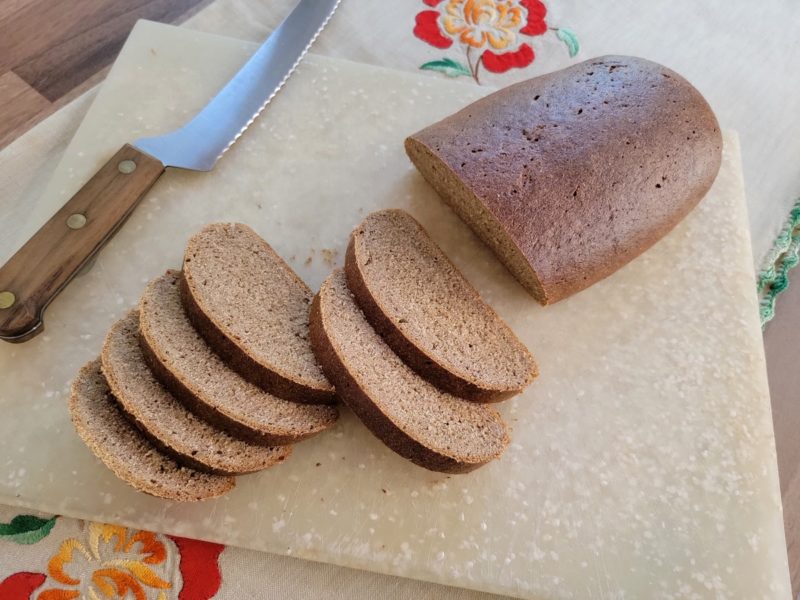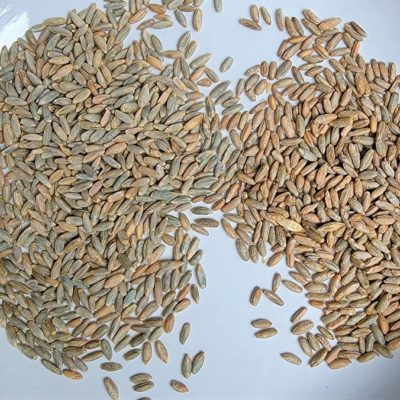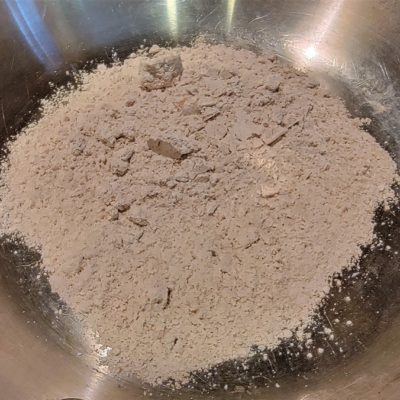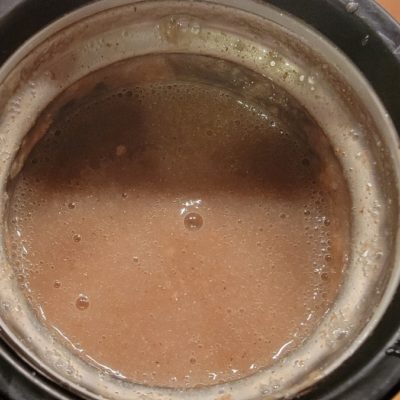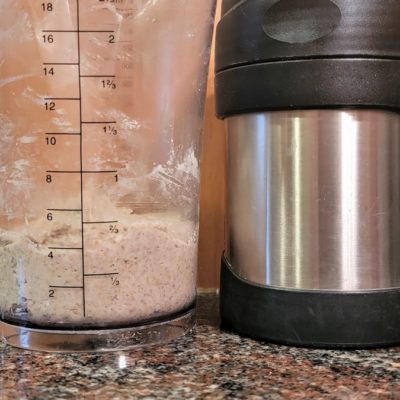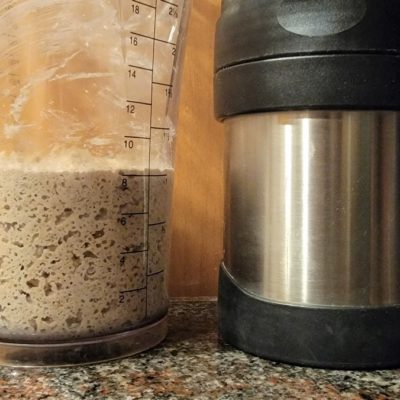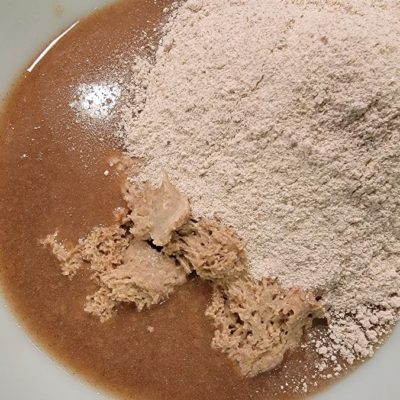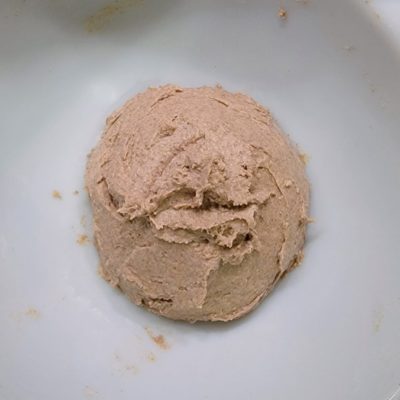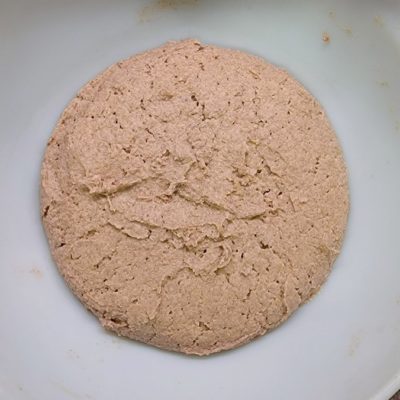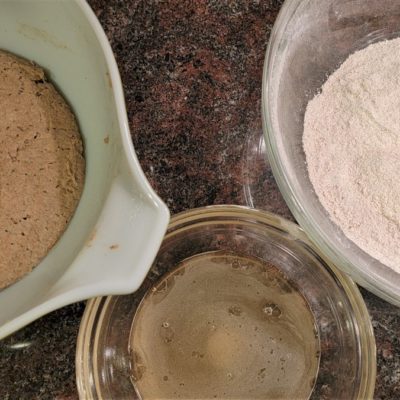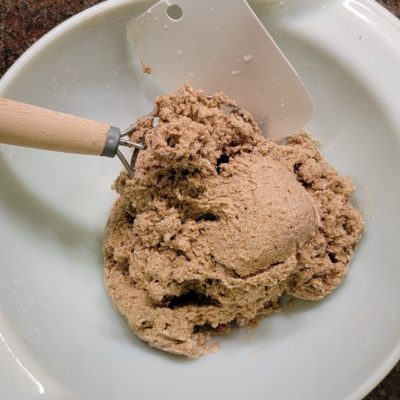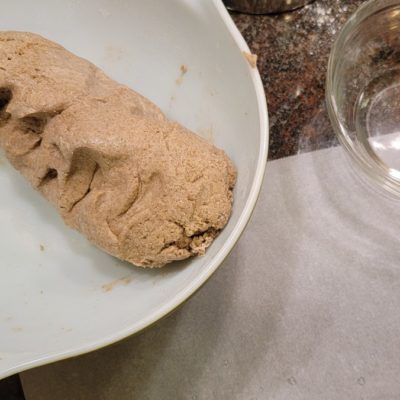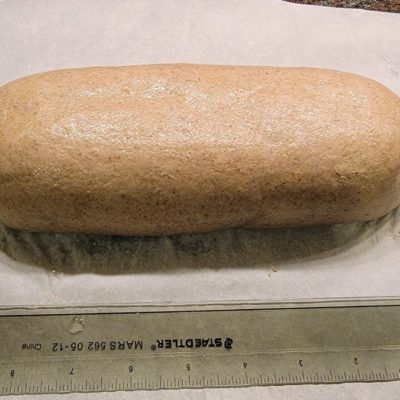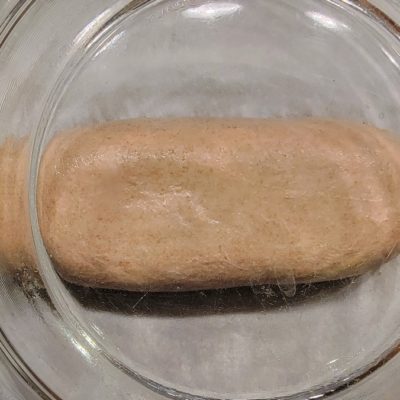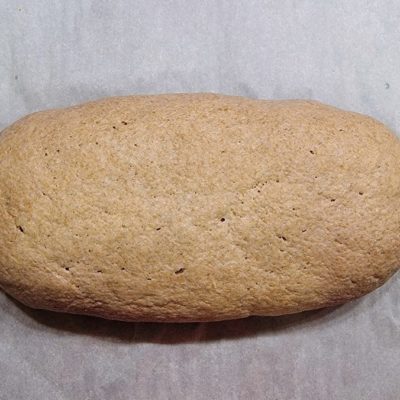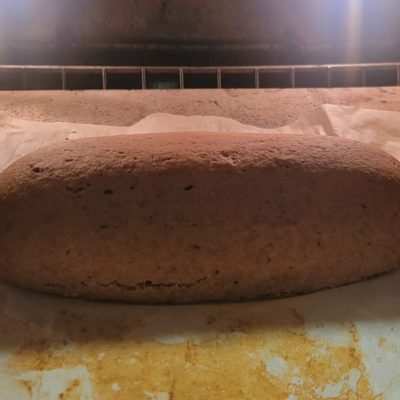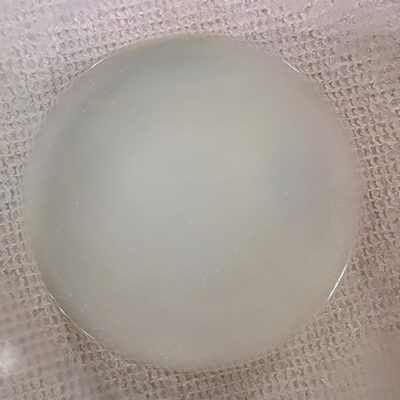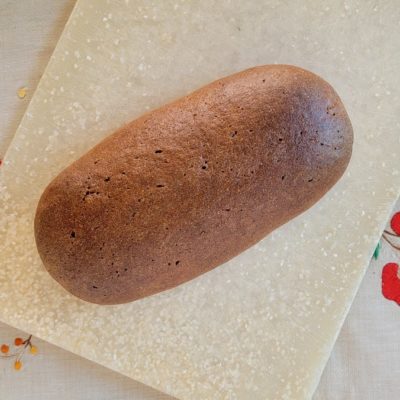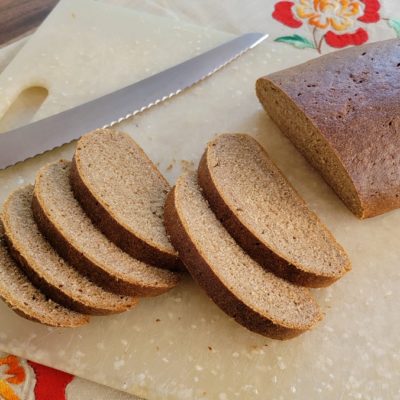Lithuanian Black Rye Sourdough Bread
This black rye bread has a delicious sweet-and-sour flavor with citrus and licorice notes. It’s soft, chewy, and wonderfully dense — perfect to eat solo, with butter or cheese, alongside soups or as part of a delicious sandwich. The recipe is Breadtopia’s take on The Rye Baker’s Lithuanian black rye bread or “juoda ruginė duona,” using toasted sprouted rye flour instead of red rye malt.
Prep Time
1 hour
Baking Time
50 minutes
Ingredients
Volume amounts below are approximations.
Levain (Day 1 Morning)
- 70g whole grain rye flour (1/2 cup)
- 70g warm water 105°F (1/4 cup + 1 Tbsp)
- 10g sourdough starter (2 tsp)
Scald (Day 1 Morning)
- 35g whole grain sprouted rye flour toasted to about 176°F (1/4 cup)
- 200g hot water 170°F (3/4 cup + 1.5 Tbsp)
Opara (Day 1 Evening)
- 150g whole grain rye flour (1 cup + 2.5 Tbsp)
- all of the levain/sponge (150g)
- all of the scald (235g)
Final Dough (Day 2 Morning)
- all of the opara (535g)
- 230g whole grain rye flour (1 3/4 cups)
- 50g bread flour (1/3 cup + 1 Tbsp)
- 100g warm water 105°F (1/3 cup + 1.5 Tbsp)
- 25g honey (1 Tbsp)
- 21g sugar (2 Tbsp)
- 10g salt (2 tsp)
Crust Glaze to apply during the baking
- 1 tsp corn or potato starch (3g)
- 1/2 cup water (118g)
Instructions
- See the Photo Gallery for images of the different steps.
Day 1 Morning: Levain and Scald
- Mix the levain ingredients in a container with space for tripling, cover, and let ferment 8-12 hours. Aim for the long end of that range if your kitchen is cold e.g. low 60s.
- Toast your sprouted rye flour in a pan on the stove for a few minutes, stirring regularly, until it reaches about 176°F. Avoid overtoasting the flour as that could introduce bitterness to the flavor. Transfer it to a bowl and add the water that’s been heated to 170°F. Cover and let the scald sit 8-12 hours while the levain is maturing. I stored the scald in a Thermos but this isn’t necessary.
Day 1 Evening: Opara
- In a bowl with room for tripling, mix together the levain, scald, and 150g rye flour. Cover and let sit overnight (8-12 hours).
Day 2 Morning: Final Dough
- Combine the warm water (105°F), honey, sugar, and salt. Stir thoroughly until dissolved. In a bowl, mix together the this liquid, the opara, and flours. A stand mixer, danish dough whisk, or spatula work well.
- Prepare a sheet of parchment paper or a well-floured peel.
- Using damp hands, shape the rye dough into a tube that is about 10″ x 4″. Lay it on the parchment and further smooth the surface with damp fingers.
- Cover and let the dough proof for 2-3 hours until it has expanded and has a more bumpy looking surface and a few small holes from air popping through. I used an inverted bowl as a cover to avoid plastic wrap or a cloth sticking to the dough.
Baking (Day 2 Late Morning)
- Preheat your oven and baking stone or steel (inverted baking sheet is okay too) to 350°F for at least 20 minutes.
- Prepare the glaze in a pan on the stove by whisking the corn or potato starch into the water (cold) and setting it to simmer until it has thickened. Set it aside to apply partway through the bake.
- With wet fingertips, smooth the surface of the dough and then load it into the oven.
- Immediately turn up the oven temperature to 445°F.
- Bake at:
- 445°F for 15 minutes
- 390°F for 25 minutes
- Remove the bread from the oven, apply the glaze to the surface of the bread with a pastry brush, then return the bread to the oven and continue baking at:
- 390°F for 5-10 minutes
- When the bread is finished baking, the internal temperature should be about 208°F. This is higher than The Rye Baker’s 198°F but I believe it works for the moisture content.
- Let the bread rest for 24 hours before slicing. Store in a bag, bread box, or under an inverted bowl.
Photo Gallery
- LEFT: rye berries, RIGHT: sprouted rye berries
- Toasting sprouted rye flour
- Scald with sprouted rye flour
- Rye levain and sprouted rye scald in Thermos
- About 9 hours later
- Mixing the opara: rye levain, sprouted rye scald, and rye flour
- I used a Danish dough whisk and a spatula at the end
- About 9 hours later
- Left to right: opara; water-honey-sugar-salt; rye and bread flours
- Final dough
- Shape immediately with damp hands
- Create a 10″ x 4″ tube
- Cover and proof for 2-3 hours
- Ready to bake when expanded and showing holes from popped bubbles
- Baking on a stone
- Apply the glaze 40 minutes into the bake, then return to oven 5-10 minutes more
- Cooled and allowed to set for 24 hours
- Chewy, slightly sweet, flavorful rye bread

